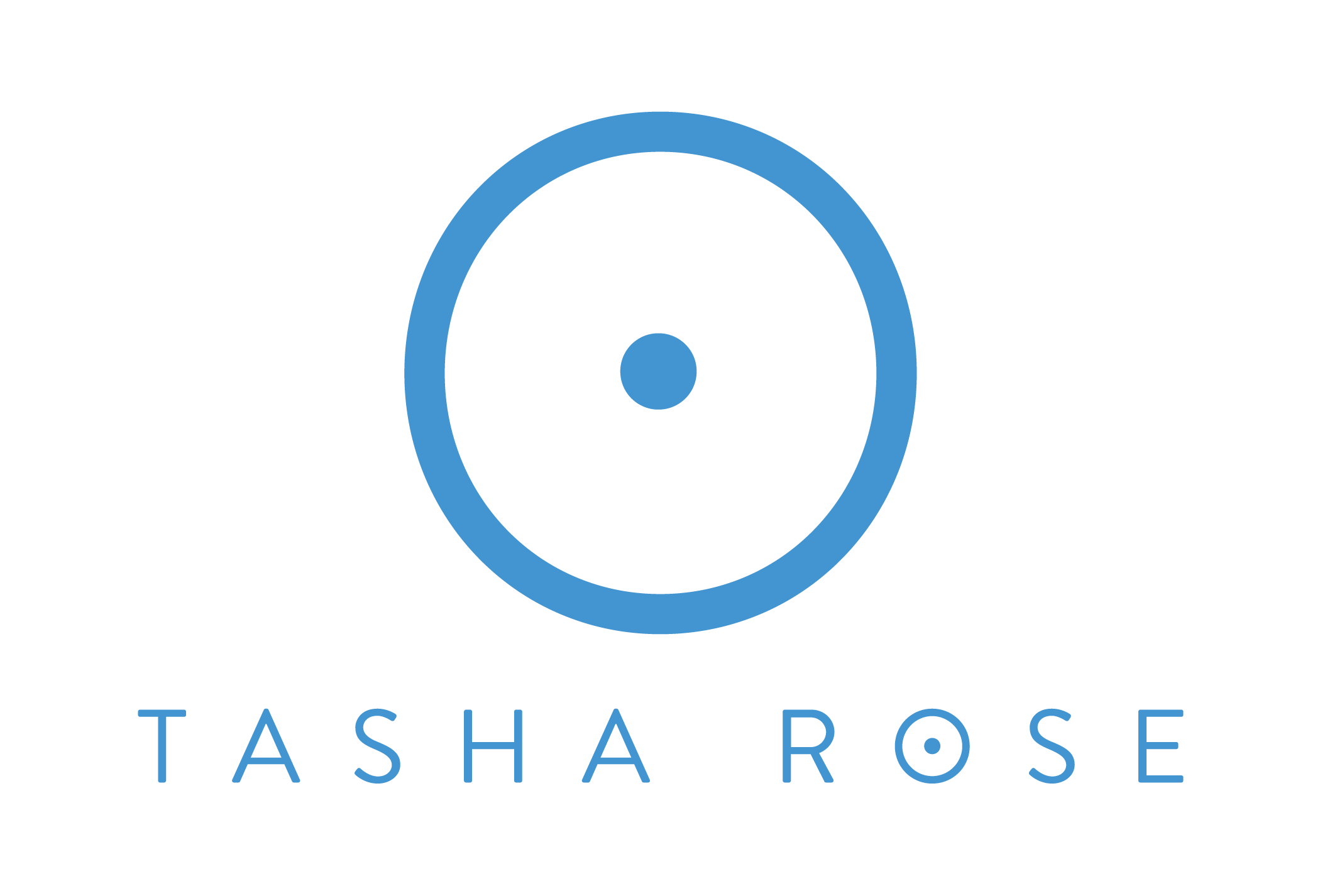PFAS, Forever Chemicals; What Are They and Why You Should Care
on Oct 16, 2023
Guest blog post by Tessa (Balanced To A T)
PFAS chemicals have regularly been in the news the past few years as we learn more about the environmental and human health impact they pose. Most recently, studies are showing they may play a role in delaying girls puberty. The scientific community is focusing more effort into studying this group of chemicals as we are seeing how ubiquitous these chemicals are. To better understand PFAS, let's cover: what they are, what they do, and how we can limit our exposure.
PFAS aka "Per- and polyfluoroalkyl substances" are man-made chemicals that were created in the 1940s by DuPont when creating teflon pans. PFAS are called "forever chemicals" because they don't break down in the environment, a characteristic that has proven to be very problematic for our earthly environment. They are known (and loved?) for their inherent non-stick, waterproof and stainproof properties, and are widely used in consumer, commercial and industrial products. Firefighting foam, waterproof mascara and rain coats, just to name a few. PFAS are everywhere.
The United States has lax safety testing before a product hits the marketplace, which means if we discover a product or chemical to be harmful, we have to do damage control. Two well known examples of this are Johnson & Johnson’s baby talc causing cancer, and glyphosate in Roundup being linked to cancer. In general, the US approach to consumer safety is lacking and of the 40,000+ chemicals in use in the marketplace, less than 10% of them have been tested for safety. This unfortunately places the responsibility into our hands as consumers to decipher which products are safe to bring into our home.
There are thousands of different types of PFAS but only a few have been well studied and tested. Because they have been used in countless products for decades, we are now seeing how pervasive these chemicals are and how easily they travel. They have been found not only in established cities but also in remote corners of the Earth. PFAS have been found in our soil, water, rain and in blood tests on humans and animals. It’s estimated 95% of humans have PFAS present in their blood. While the US is starting to impose some reform and regulations to help get PFAS out of our products, it will take time. For now, the best way forward is to better understand PFAS and how to minimize your exposure.
Where are PFAS Used?
PFAS are commonly used in non-stick cookware, waterproof and stain-resistant clothing and shoes, stain-resistant furniture, carpets, electronics (including cell phones), food packaging (especially to-go containers), cleaning products, and beauty products including feminine care products.
Industrially they are used in firefighting foams, industrial processes, low emission vehicles, paints, varnishes, and sealants.
Some chemicals like BPA leave your body in a few days after being ingested or applied topically to skin. But PFAS are “forever chemicals” so their indestructible nature means they bioaccumulate. This means they build up in your body and it's hard for your body to get rid of them. This makes us trying to avoid them really important.
Many studies have been done on animals and humans and results show that exposure to PFAS has been associated with extensive health concerns. Most alarmingly including cancer, autoimmunity, respiratory diseases, Parkinsons, fertility issues, and children's brain development. (Study links at the end)
Even though the government has known these chemicals are toxic, they just recently started taking them seriously so unfortunately, there aren’t exact guidelines in place for how much exposure is “safe”. One study showed that one scratch on a non-stick pan can release 9,000 PFAS particles. (Study linked at the end) So again, avoidance is the best path. To make this hurdle even bigger, even when products aren’t purposely using them, they are so widely used that they often show up in products unintentionally.
Individual states are starting to enact PFAS policies and California has banned intentionally added PFAS starting in January 2023. Paper food packaging must have less than 100 parts per million organic fluorine, a marker used to test for the presence of PFAS. Maine has passed a law that will limit nonessential use of the chemicals, and several other states have taken similar steps.
How to Avoid PFAS in Your Water
Looking at intentionally avoiding PFAS, the most powerful way is through water filtration. Water is the predominant way we are exposed to PFAS and there are currently no state or federal regulations to filter water for PFAS. The EPA is putting limits on PFAS in water nationwide but that won’t go into effect until 2027 at the earliest. There are many different options from whole home water filters, reverse osmosis systems, to countertop filters. This post features brands that specifically filter PFAS, along with other unwanted chemicals. While a whole house water filter is the best option, it can be price prohibitive. If you just have a drinking water filter, consider getting a shower and bath filter too.
How to Avoid PFAS in Your Food
Food is another big way we are exposed to PFAS. Studies have shown that people who don’t eat fast food often have much lower levels of PFAS than those who do, due to exposure of PFAS in food packaging.
Avoiding non-stick cooking pans, bakeware, or small appliances is key as the chemicals leach into our food. Avoiding heating up food in the microwave in plastic and avoiding takeout containers are other great ways to lower exposure.
How to Avoid PFAS in Your Home
Avoid water and stain-proof clothing, furniture, carpets and outdoor gear. Avoid products with “Gore-Tex” or “Teflon” tags. Stick to non-toxic cleaning products and clean beauty products. There are many great safe options for everything mentioned and for more specific brand recommendations, this website has a comprehensive list of PFAS free brands. Additionally, Healthy at Home eBook has products from every category mentioned that are PFAS free. If you are shopping and are unsure if a brand uses PFAS, reach out to them!
PFAS are skilled at migrating and they are commonly found in dust and air. Focusing on great indoor air quality is a great way to get them out of your home. Having less things in your home creates less dust. Open windows regularly, take your shoes off once inside, and dust & vacuum regularly.
What Else Can I do to Avoid PFAS?
Don’t underestimate how valuable it is to vote with your dollar. Putting pressure on companies to ban PFAS has been very effective. Well known researchers like Consumer Reports and Mamavation are testing brands in every industry from feminine care products to cooking oils to help expose which companies are testing high in PFAS. In response, public brands are starting to say they will stop using PFAS. Big companies like New Balance, La Coste, Seventh Generation and Naturepedic have recently committed to never use PFAS. Patagonia has said it will stop using PFAS by 2024. Restaurants including Chipotle, Sweetgreen, Wendy’s, Burger King, Nathan’s Famous, and Chick-fil-A publicly announced plans to get PFAS out of food wrappers as well.
While these changes are long overdue, they are absolutely in the right direction. There are many ways that we can work to avoid PFAS exposure in our everyday lives.
—--
Tessa is a certified nutritionist and low tox living expert with a passion for health and wellness. If you want to learn more about PFAS chemicals check out the even more in depth blog post on her website, Balanced To A T. Her instagram is a wealth of information too.
Sources:
https://static.ewg.org/reports/2015/poisoned_legacy/EWG_Guide_to_PFCs.pdf
http://www.c8sciencepanel.org/prob_link.html
https://www.epa.gov/pfas/increasing-our-understanding-health-risks-pfas-and-how-address-the
https://www.nrdc.org/bio/anna-reade/epa-finds-replacements-toxic-teflon-chemicals-toxic
https://www.eatthis.com/teflon-pan-unsafe-study/
https://www.scientificamerican.com/article/how-to-destroy-forever-chemicals/
https://greensciencepolicy.org/harmful-chemicals/pfas/
https://www.consumerreports.org/food-safety/to-reduce-pfas-levels-in-food-cook-at-home/
https://pubs.rsc.org/en/content/articlelanding/2019/em/c9em00163h#!divAbstract

